Planetary Nebulae
Most pics courtesy of NASA
M57: The Ring Nebula
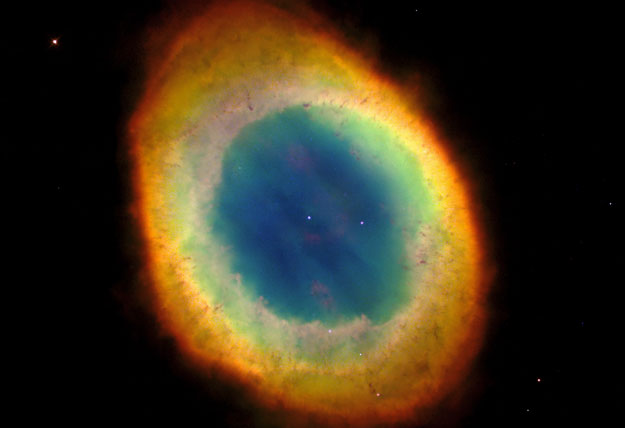

Explanation: Except for the rings of Saturn, The Ring Nebula (M57) is probably the most famous celestial band. This planetary nebula's simple, graceful appearance is thought to be due to perspective -- our view from planet Earth looking straight into what is actually a barrel-shaped cloud of gas shrugged off by a dying central star. Astronomers of the Hubble Heritage Project produced this strikingly sharp image from Hubble Space Telescope observations using natural appearing colors to indicate the temperature of the stellar gas shroud. Hot blue gas near the energizing central star gives way to progressively cooler green and yellow gas at greater distances with the coolest red gas along the outer boundary. Dark, elongated structures can also be seen near the nebula's edge. The Ring Nebula is about one light-year across and 2,000 light-years away in the northern constellation Lyra.

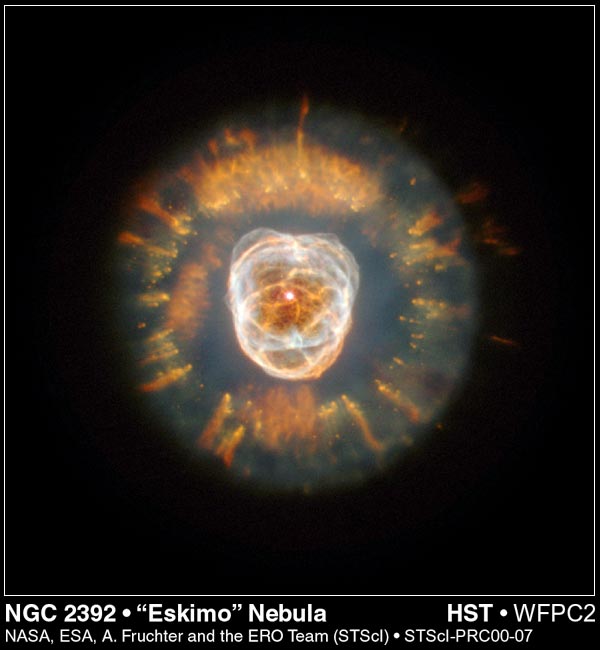
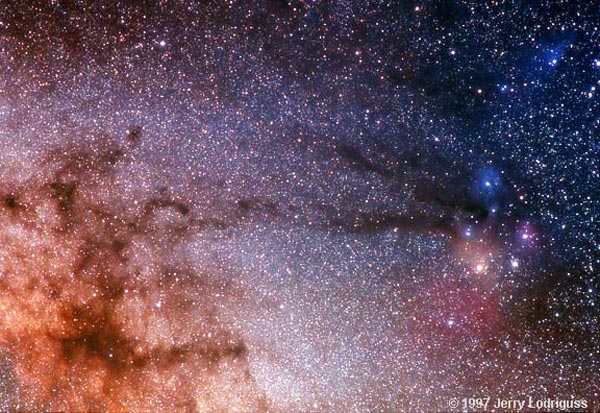


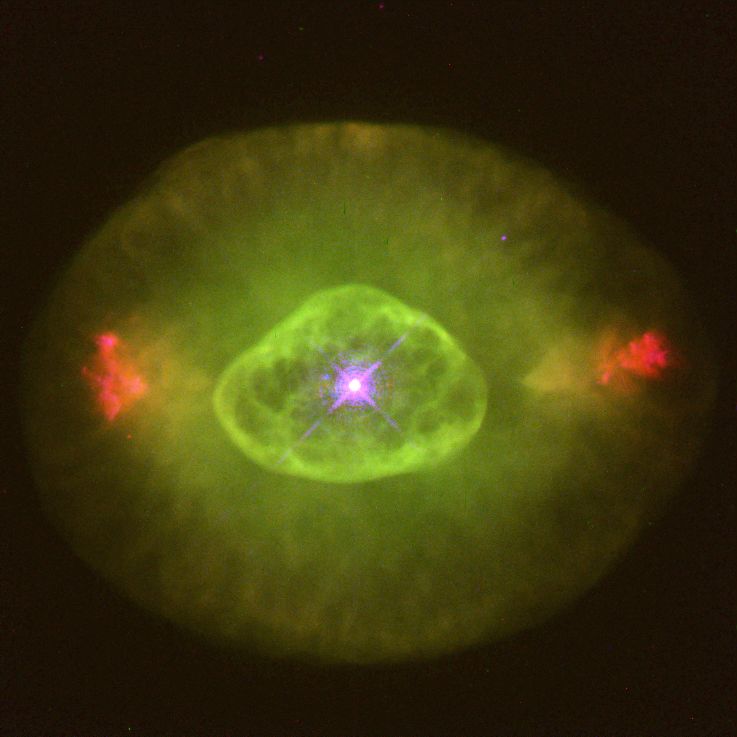
Explanation: The colorful planetary nebula phase of a sun-like star's life is brief. Almost in the "blink of an eye" - cosmically speaking - the star's outer layers are cast off, forming an expanding emission nebula. This nebula lasts perhaps 10 thousand years compared to a 10 billion year stellar life span. Spectacular planetary nebulae are familiar objects to both professional and amateur astronomers, but they still contain a few surprises. For instance, the lovely nebula NGC 6826, also known as the Blinking Eye Nebula, has mysterious red FLIERS seen on either side of the Hubble Space Telescope image above. Are they also expanding outward from the central star? If so, their "bow shocks" point in the wrong direction!
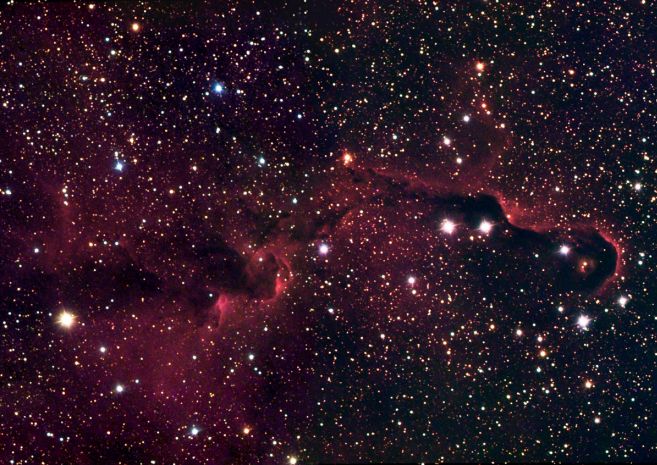
Explanation: Like a picture from a galactic Just So Story, the Elephant's Trunk Nebula winds through the emission nebula and young star cluster complex IC 1396, in the high and far off constellation of Cepheus. Bright swept-back ridges compose the suggestive form, outlining pockets of interstellar dust and gas. Such embedded dark, comet-shaped clouds contain the raw material for star formation. About 3,000 light-years distant, the relatively faint IC 1396 complex covers a much larger region on the sky than shown here, with an apparent width of more than 10 full moons. This close-up telescopic view is a delightful color mosaic of two digital images intended to follow the 'satiable curious cosmic trunk.
|